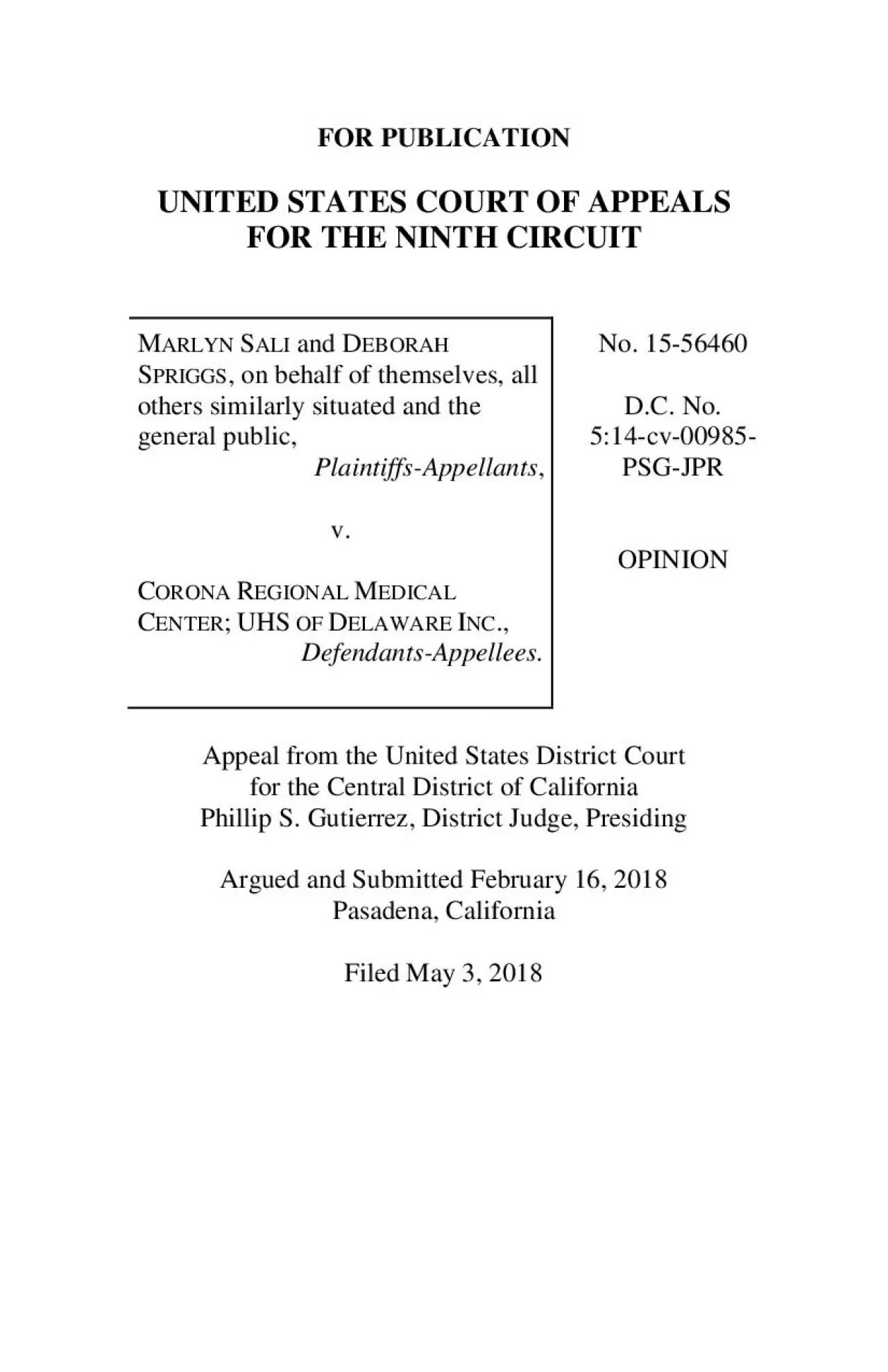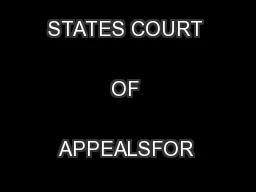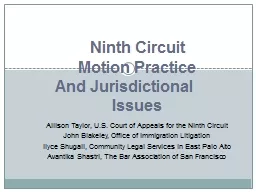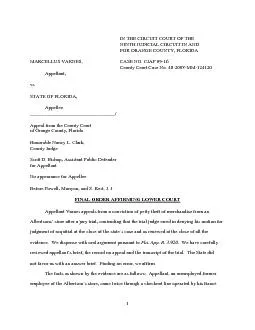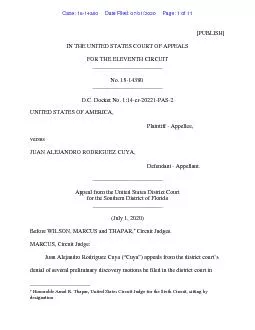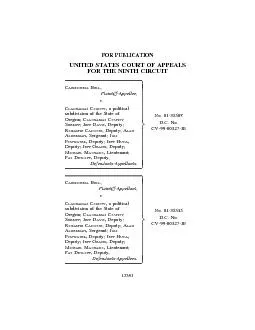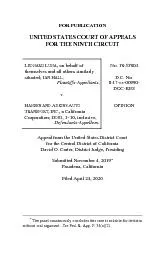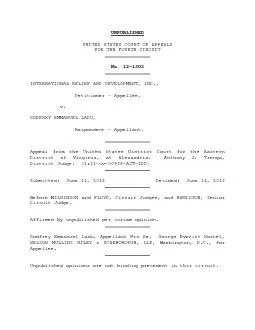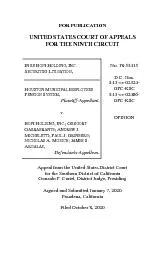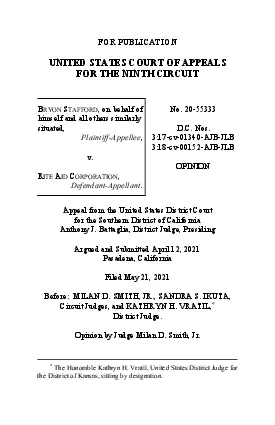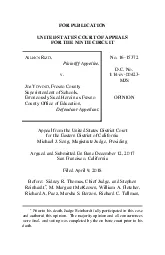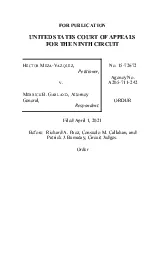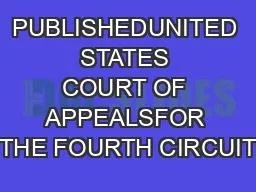PDF-FOR PUBLICATIONUNITED STATES COURT OF APPEALSFOR THE NINTH CIRCUIT
Author : eleanor | Published Date : 2021-08-20
MARLYN SALIand DEBORAH PRIGGS on behalf of themselves all others similarly situated and the general publicPlaintiffsAppellantsORONA EGIONAL EDICAL ENTERELAWARE DefendantsAppelleesNo1556460DC
Presentation Embed Code
Download Presentation
Download Presentation The PPT/PDF document "FOR PUBLICATIONUNITED STATES COURT OF AP..." is the property of its rightful owner. Permission is granted to download and print the materials on this website for personal, non-commercial use only, and to display it on your personal computer provided you do not modify the materials and that you retain all copyright notices contained in the materials. By downloading content from our website, you accept the terms of this agreement.
FOR PUBLICATIONUNITED STATES COURT OF APPEALSFOR THE NINTH CIRCUIT: Transcript
Download Rules Of Document
"FOR PUBLICATIONUNITED STATES COURT OF APPEALSFOR THE NINTH CIRCUIT"The content belongs to its owner. You may download and print it for personal use, without modification, and keep all copyright notices. By downloading, you agree to these terms.
Related Documents

